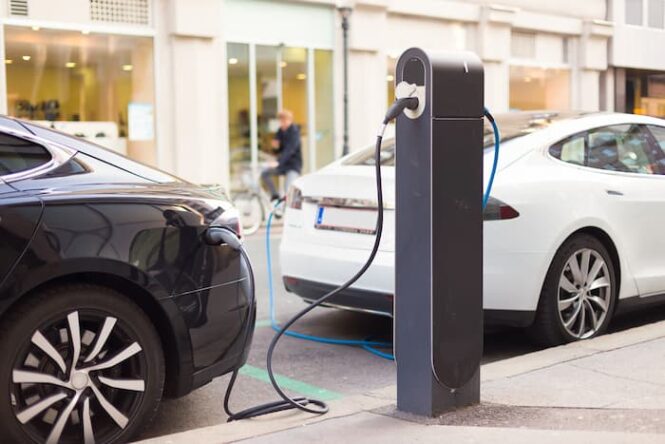
EV Charging and ADA
Nice article from TechieExpert Apr 2022
“If I were on my own, I’d be crying right now. It was just too hard to plug the charger in.” It is a quote from a recently concluded RIDC research participant on disabled electric vehicle users. Electric vehicle technology has been a major boon for disabled people everywhere in the country. Charging technology has yet to catch up to the needs of the differently-abled. The availability of charging stations itself is the largest infrastructural problem. And slipping through its cracks are the everyday struggles of the disabled members of our society.
The Americans with Disabilities Act, or ADA, is a civil rights law. It seeks to prohibit discrimination against disabled individuals by setting up appropriate guidelines. These ADA compliance guidelines are now established for several domains. There are some workarounds even for those domains that aren’t clearly defined. For example, the WCAG standards can be used to improve a website’s ADA compliance. Some organizations even help with its implementation.
EVCS, or electric vehicle charging systems, don’t have any ADA guidelines whatsoever, nor do they have any equivalent standards that can be used. Some variations of the ADA guidance applied to kiosks and parking could be involved in the future.
The Issues That the Disabled Face
The anxiety of the unknown
Before the journey even starts, a disabled person faces the anxiety of the unknown. Public charging point accessibility isn’t given for most access points. As a result, when a disabled person plans her journey, she is unaware of the charging point until she arrives.
Now let’s take a look at the physical issues that they face.
Design of Space
Accessibility with a walking aid or a wheelchair needs a significant amount of space. A clear area between vehicle parking and the charge point needs to be present. Most vehicle parking spaces aren’t large enough for the disabled to maneuver in. It makes all such charging points inaccessible to them.
Bollards With Charging Stations
Wheel stoppers or small barricades protect many charging points. These make the charging stations out of reach for many due to the distance between the bollards and the machine.
Interaction With the Charging Stations
Electric vehicle charging cables are awkward and heavy. The materials used to manufacture them are selected with durability in mind. These cables and plugs are extremely cumbersome for the differently-abled to handle. Some electric vehicles already have charge points in difficult locations. The charging stations aggravate that issue.
Mandatory Apps for Charging Stations
All charging points also need an app to control and monitor them. Downloading and using apps can be quite challenging for some users. Those with a motor function or vision-related disability, in particular. Charging should not depend on an app, and contactless is the way to go.
Proximity of Facilities
All additional facilities, like toilets, need to be located close to the charging point. The route to and from those facilities must also be clear and straightforward. Thus, accessibility designs shouldn’t just be restricted to the charging points themselves. Accessibility needs to have a wide site-wide scope.
Safety and Security
The right kind of lighting and weather shelter at the charging points are important for everyone. It is even more true for the disabled, who need that extra reassurance that they are in a safe environment. There are crossovers with women’s safety at remote charging points.
The Need for EV Charging Standards
There is no need to reinvent the wheel with the charging stations around the country. These are practical needs and are easy to implement. To be fair to the electric vehicle and charging technology industries, the uptake has been slow. However, conventional petrol and diesel vehicles are slowly being phased out everywhere. And soon their sales will be banned.
The administration needs to define the standards quickly. Significant investment has already been made into charging stations that aren’t fully accessible. For electric vehicle technology to become truly universal, it needs to be accessible to everyone.
No one can be left behind. Not only is it socially imperative, but it also has a commercial rationale. As more and more people start using this technology, businesses and the government will have to make it more accessible. And retrofitting is never an economical solution.
Accessibility is something that is not just useful for those with special needs but for everyone. For instance, parents pushing prams or pregnant women can benefit from these simple design changes. And we have to remember that at some point in our own lives, we will have the needs of the elderly. The need for elderly accessibility is certainly universal.
More Links
